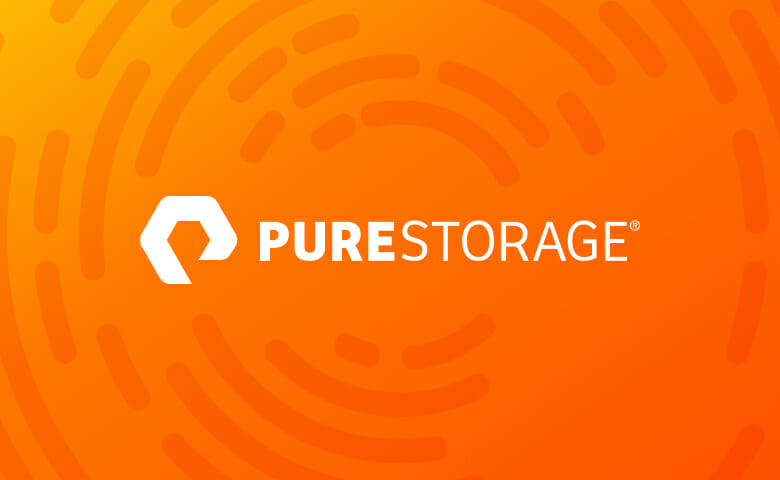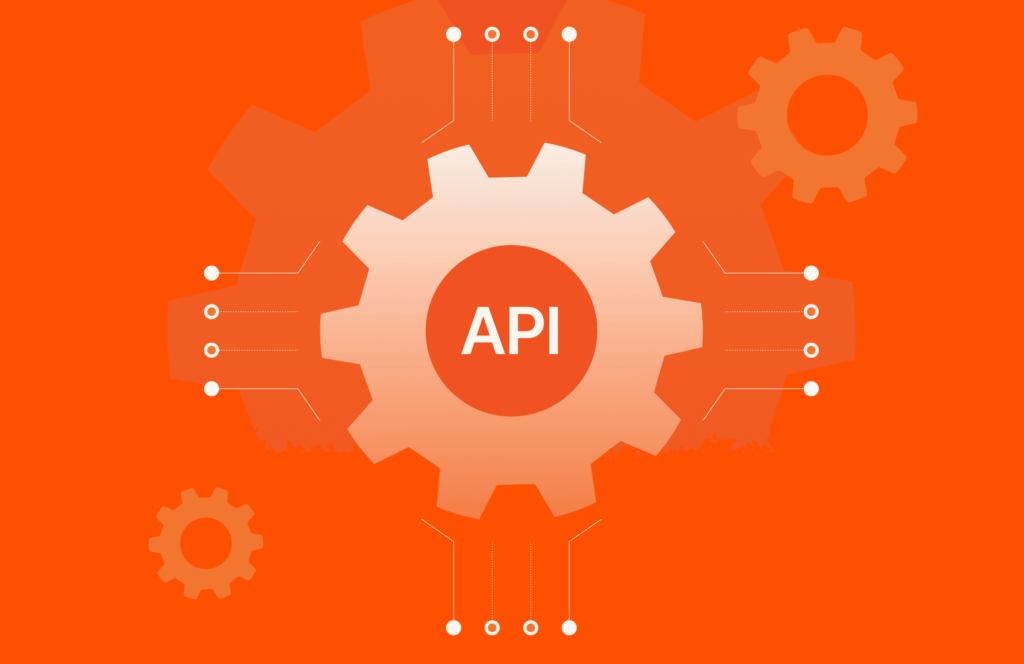The financial services industry is embracing digital transformation wholeheartedly—often called FinTech. In recent years we’ve seen banking apps – once feared by many users – becoming a daily norm, and high-frequency trading disrupting investment markets. And in future we’ll see many more game-changing technologies. Think blockchain and the way it’s set to radically transform money transactions.
IT departments in financial services are still under pressure
However, just because the industry is pioneering in technology, it doesn’t mean that CIOs have a ‘get out of jail’ pass on budget restrictions. IT departments in financial services are still under pressure to deliver more business value at reduced costs. Their security must demonstrably safeguard valuable personal data, keeping it compliant with an increasing raft of regulations.
Ultimately, however, the CIO must better serve the business with high performance, high availability, and highly innovative technologies.
So if application innovation is the name of the game, what measures can CIOs take to reduce costs while ensuring data is served at industry defining levels of performance and resiliency?
Infrastructure is the Foundation of FinTech Innovation
Let’s start with infrastructure; the foundation of innovation. For example, recently the cost model for flash storage versus other media has changed significantly – costs declining while performance increases. In its “Solid-State Array TCO Reality Check”1, Gartner calculated that it now takes just 5.4 months on average to recover investments made in solid-state arrays.
The 5 most important purchasing considerations and lowering the TCO
If you’re keen on driving value while inverting expenditure there are some important factors you should perhaps consider:
1. Look for a cloud-like business model
Traditional models are expensive to execute and a risk to business continuity. Instead, choose a ‘continual’ approach to keeping your investments up to date. This approach keeps costs predictable and allows more flexibility to adapt to changing business needs.
2. Keep your solution at the cutting edge
Be sure that you’re not going to be locked into buying capacity the way your vendor wants, rather than the way YOU need. A better deal would be one that allows you to replace aged and less dense storage with a new era solution, one with cutting-edge software at the core. This not only keeps your infrastructure agile, it also changes the traditional model of depreciation; and it’s made even better if you can get trade-in credit for the old kit.
3. Get a personalized deal
Make sure the capacity you buy is the effective capacity you can use – this really isn’t always the case. Having a commitment to right-size your storage capacity (in a way that is aligned to your needs) will minimise the risk of overspend and give you greater flexibility to scale for growth when required.
4. Think TCO not upfront costs
While All-flash as a solution has come down in price dramatically in recent years, make sure you evaluate like-for-like TCO, because it’s often the hidden costs in the deployment, management burden and upgrade costs with other IT hardware that can really add up.
5. Compatibility with the hybrid cloud?
Hybrid Cloud is high on our customers’ agendas this year. Many will use it for the real-time activities such as fraud detection, instant lending decisions, extensive risk calculations and hyper personalisation that makes data valuable once more. Make sure you partner with a vendor, already with a clear integration strategy so that the solution you buy today will seamlessly (and cost-effectively) enhance the savings and flexibility that hybrid cloud can deliver. And then there’s the question of security? Ask whether data will remain encrypted. How will access to cloud resources happen? What about compliance capabilities?
The good news is that all of this is actually available today; the ability to have a simple, scalable, high-performance data centre environment is one of the most powerful strategic assets any firm can possess. Why? Because it frees the ability to drive innovation across the business, especially when it comes with a cost model that allows CIOs to invert storage spend.
If you’d like to learn more, check out our infographic 4 steps to accelerate digitalisation while inverting IT spend: Why you can have it all. Or drop us a line on +44 1784 614 069.
—
1 “Solid-State Array TCO Reality Check”, Gartner, 2016.




